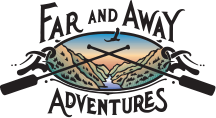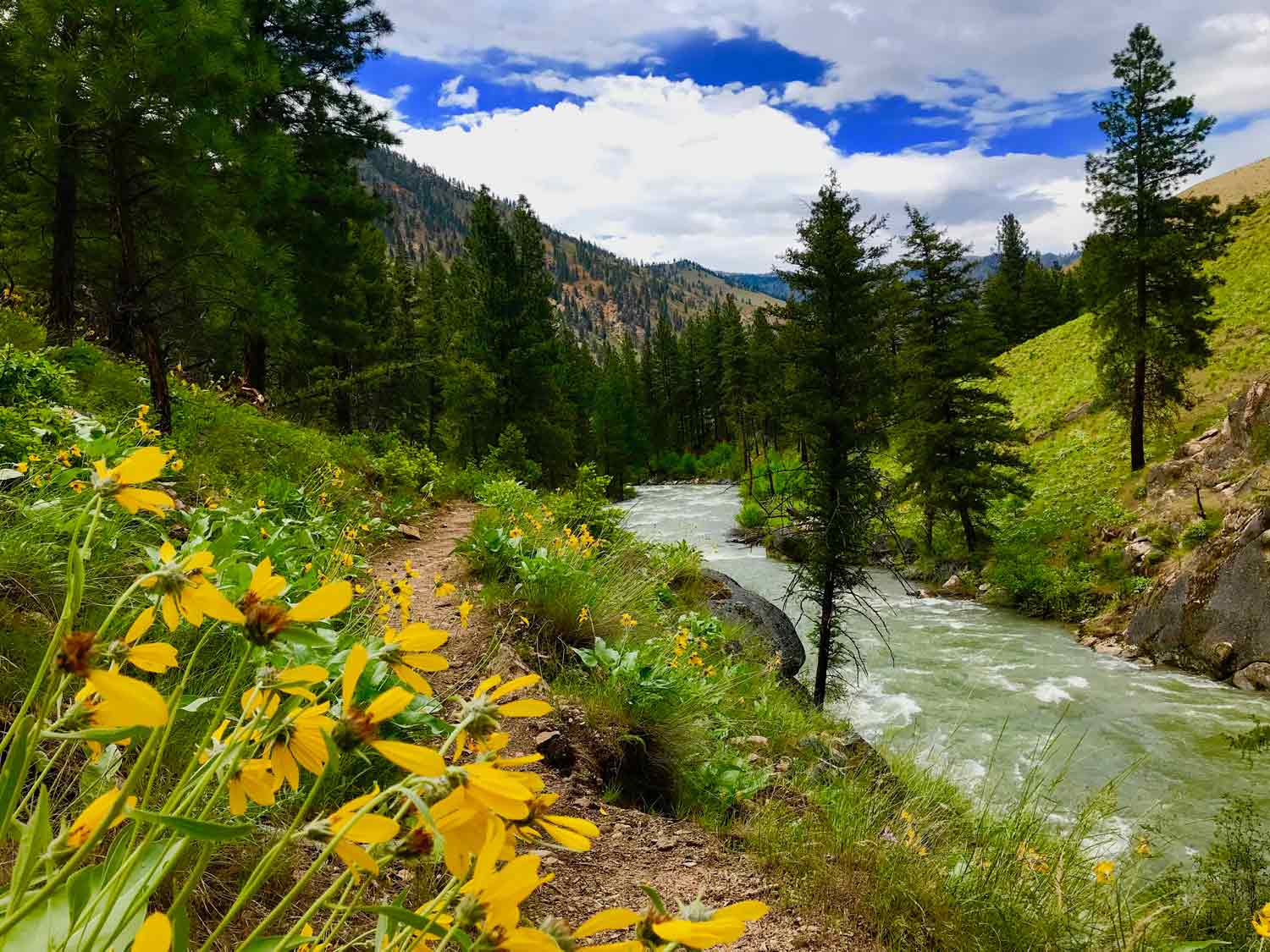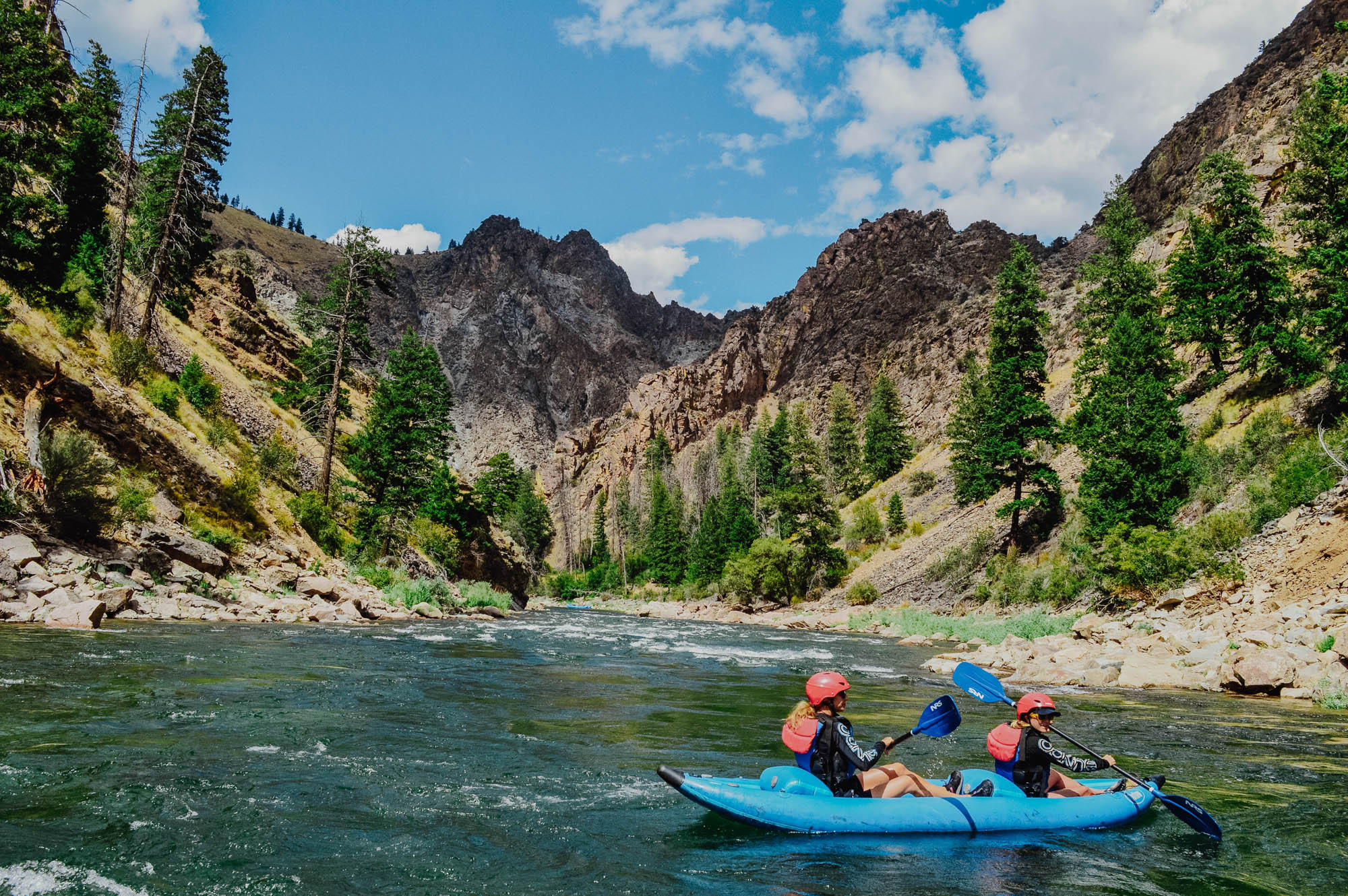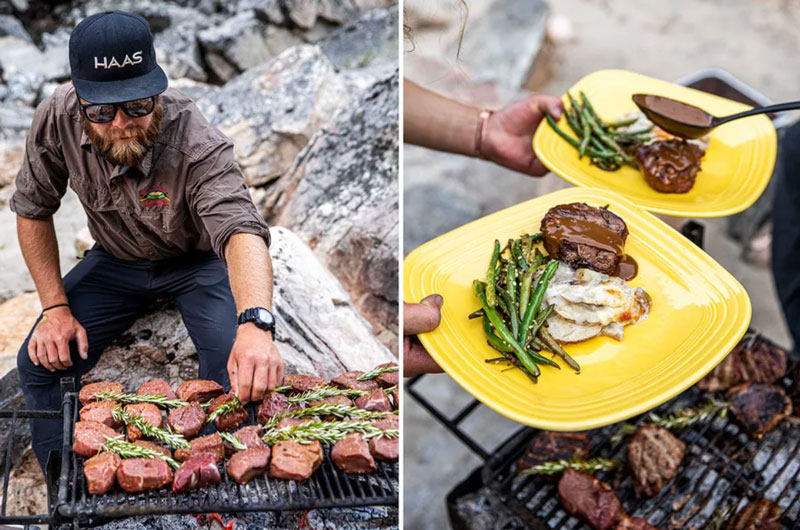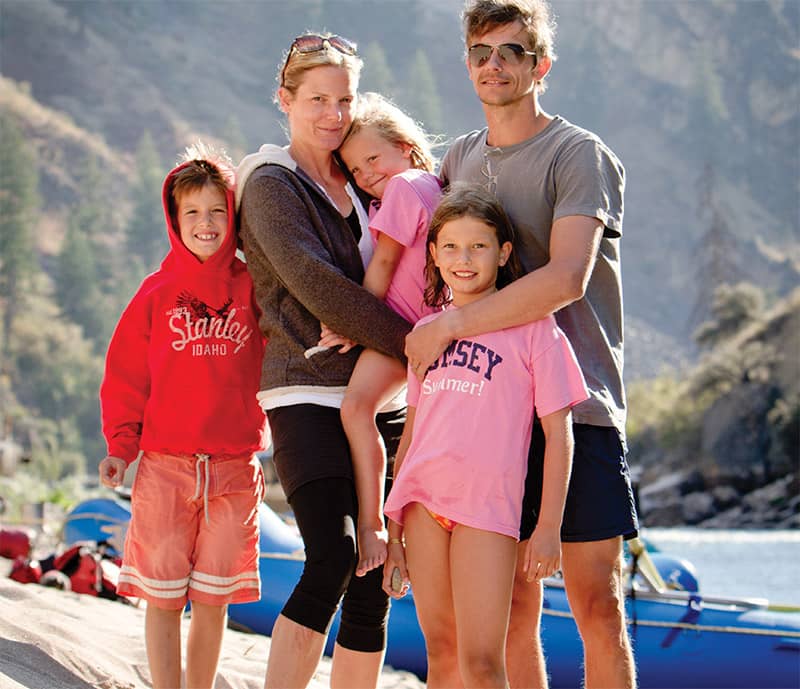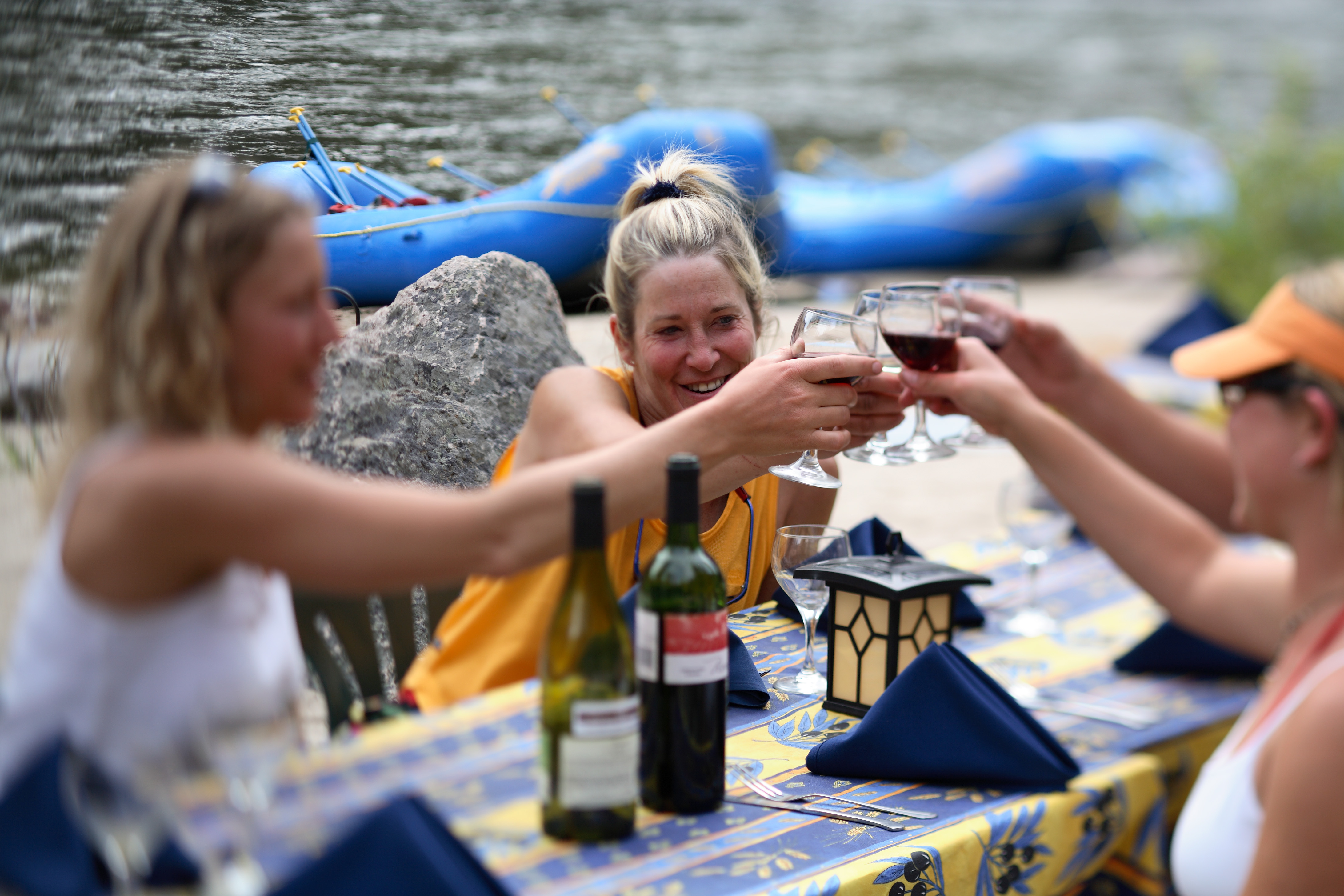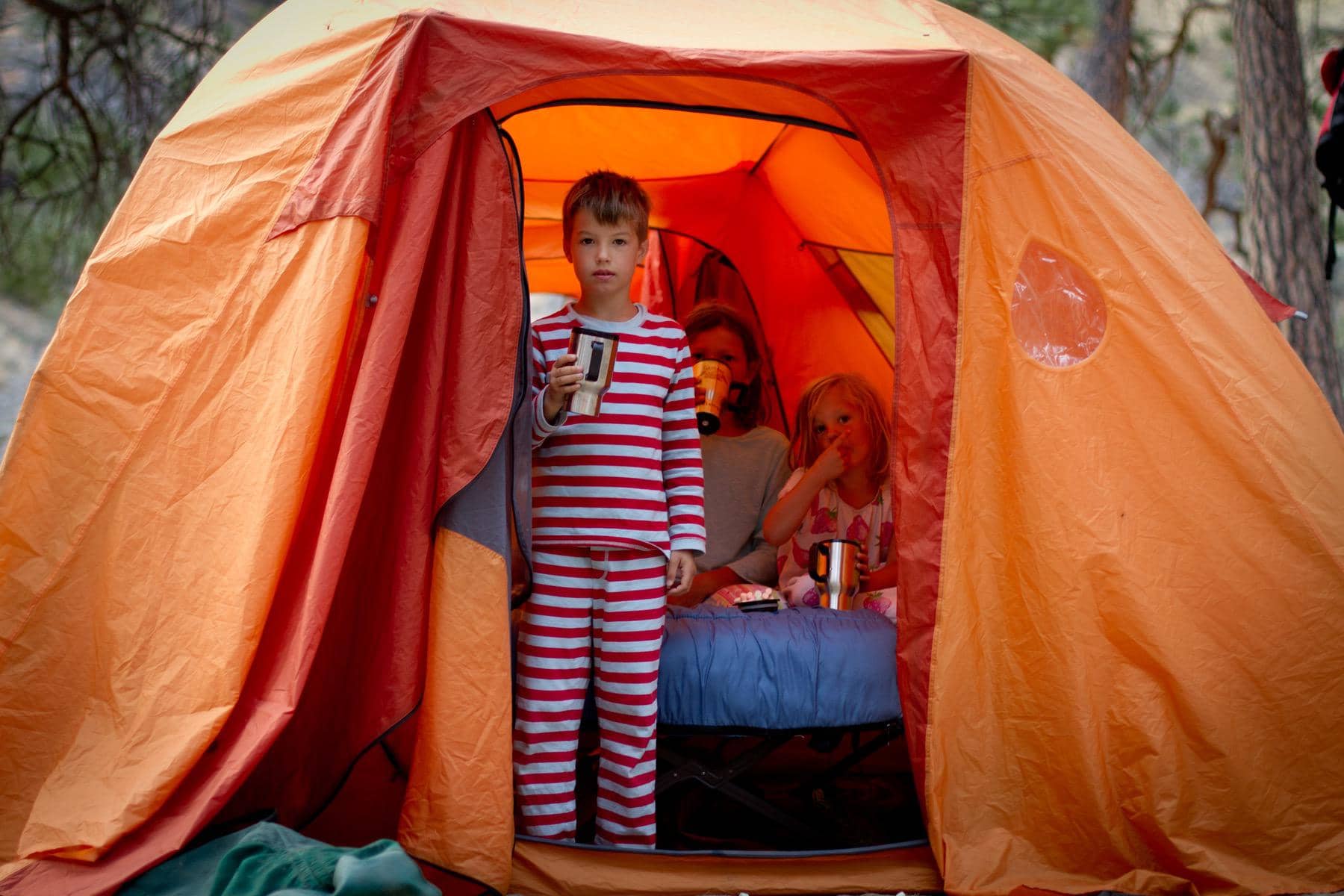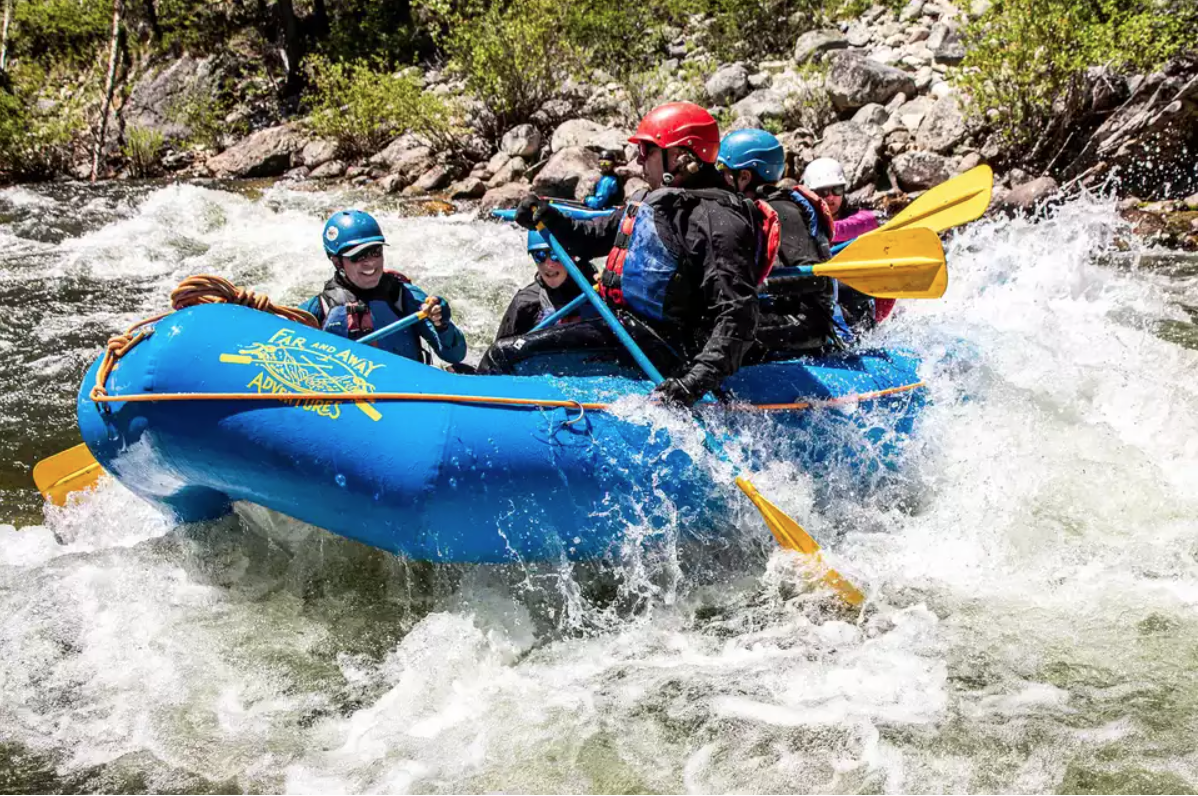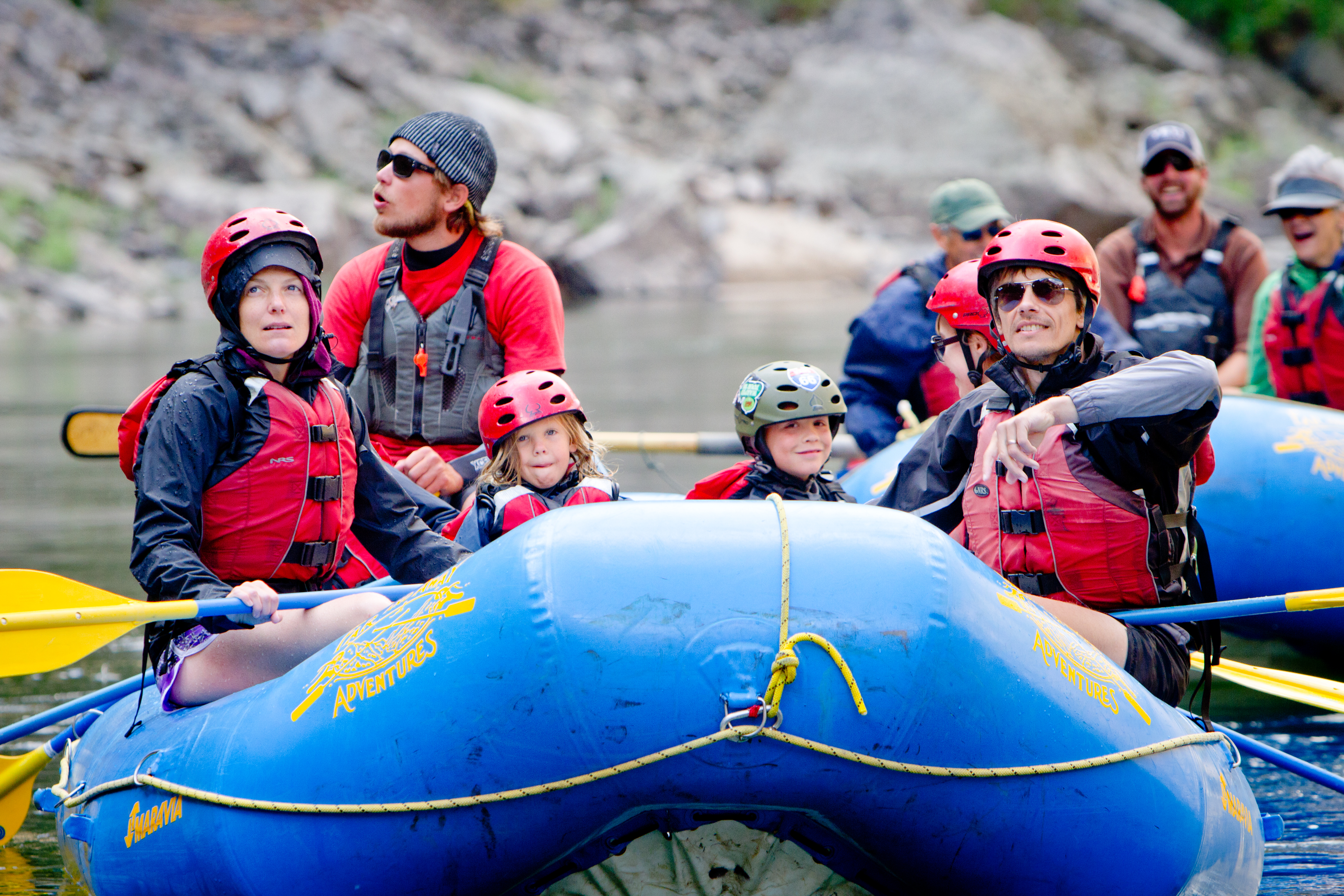According to the U.S. Department of the Interior, there are around 13,413 miles of scenic and wild rivers in America. These incredible stretches of water are the perfect place for a heart-throbbing whitewater adventure.
Are you planning bespoke river trips in Idaho? River trips are a great way to escape the daily hustle and bustle. These trips encompass various activities, including guided group rafting runs and kayaking odysseys.
Below are six must-have Idaho river adventure gear items to ensure you have a fun and memorable journey.
1. Swimwear
An Idaho bespoke river trip means you’ll be in the water all day. Therefore, include a comfortable swimsuit in your essential packing list. Choose a practical rather than fashionable swimwear that you can wear the entire day.
For women, opt for two-piece swimsuits with river shorts on the bottom and a rash guard for the top. This choice will make it easier to go to the bathroom outdoors. Men can also wear a rash guard to protect themselves from sunburn and comfortable board shorts.
Additionally, go for a bathing suit with a quick-drying polyester material with a layer for sun protection.
For footwear, pack high-quality sandals with sturdy straps and supportive backs for moving around on the rocky river shores. These shoes will come in handy when hiking along the shore and moving in and out of the raft.
2. Rain Gear
A whitewater rafting experience by Far and Away Adventures involves you getting wet for the better part of the day. However, you may want to stay dry and warm during the night while at the camp. One of the river trip must-have items is a lightweight waterproof jacket.
This clothing is essential, especially if it rains in the evening while preparing dinner or in the afternoon as you set camp. Moreover, if you prefer staying dry for some time while on the river, a waterproof rain jacket works perfectly as a splash layer.
In addition, pack thermals or long underwear for extra warmth. These clothes are perfect for wearing inside your sleeping bag, between upper layers, and can double up as pyjamas. Breathable and lightweight Idaho river adventure gear provides extra sun-protection on cloud-free, hot days.
You can also layer your long underwear under a rain jacket for the rainy and cool season. Socks are also a great addition to your essential packing list, Idaho. They keep your toes snug and dry in the evenings and when sleeping.
At Far and Away Adventures, we provide farmer john wetsuits in case the weather is chilly. These keep you warm as you engage in activities such as river rafting.
3. Sunscreen and Lotion
Sun exposure is inevitable while on a river trip, and not just in sunny, clear weather. Carry and wear sunscreen of not less than SPF 50+ and remember to reapply at frequent intervals. If you have an SPF lip balm, carry it as well.
Sweat- and waterproof sunscreen options are best for enduring the whitewater rafting conditions. Other sun protection gear you can pack for your bespoke luxury river trip in Idaho includes:
- Polarized sunglasses (preferably those with straps)
- Sun protection shirts
- Wide-brimmed hats
Besides, after spending all day on the river, you’ll need to moisturize your body. Staying under the sun for a long time and being wet can cause dry and chapped skin. This is why it’s vital to adhere to a skin care routine while on a river trip.
Any lotion can work, but go for a hand cream or one with advanced repair features.
4. Hand Sanitizer
It’s easy to spread germs in river camps if you fail to take the proper precautions. A hand sanitizer is among the Idaho outdoor essentials as it helps maintain proper hygiene and prevent the spread of germs. On most commercial river trips, you’ll find a hand-washing area at camp to keep clean before meals and after using the bathroom.
A hand sanitizer provides extra protection from viruses, bacteria, and germs while on an adventure. It’s also easy to access at any time while on the water. Opt for one with an alcohol content of at least 60%.
Plus, carry wet biodegradable body wipes for when you need to freshen up before wearing your camping clothes. These wipes also come in handy for wiping sweat or built-up sunscreen while on the water. Go for environmentally-friendly wet wipes to prevent the risk of clogging up landfill sites.
5. Water Bottle
While on a bespoke river trip with Far and Away Adventures, you may forget to hydrate. However, drinking enough water is essential to maintain your optimal performance level and have a fun experience on the river.
Ensure you pack a water bottle, preferably one with a carabiner to latch on the side of the raft or onto your pack. This makes it easily accessible when you need to hydrate. Furthermore, your water bottle should be at least one liter in size.
If possible, carry an insulated bottle to keep your water cool, especially during the hot days. Unlimited clean water is available throughout the day, so you have no excuse not to hydrate.
6. Headlamp and Extra Batteries
A headlamp comes in handy when moving around the riverside camps during the early mornings or at night. It allows you to handle your tasks hands-free, such as playing games or assembling tents. Go for headlamps that have rechargeable or long-lasting batteries.
Additionally, carry extra batteries for your flashlight to avoid being in the dark when doing something important.
Enjoy Fun and Adventure-Filled Bespoke River Trips With Far and Away Adventures
Bespoke river trips are ideal for adventure-seekers looking for an adrenaline-pumping experience. These trips allow you to connect with your surroundings as you move around legendary waterways. The above travel tips for river trips will make your experience more comfortable and enjoyable.
Far and Away Adventures provides luxury trips on the Middle Fork of the Salmon River. We personalize our adventures to fit the needs of our clients and offer services that resemble those of a luxury resort.
Contact us today and discover wilderness luxury.
